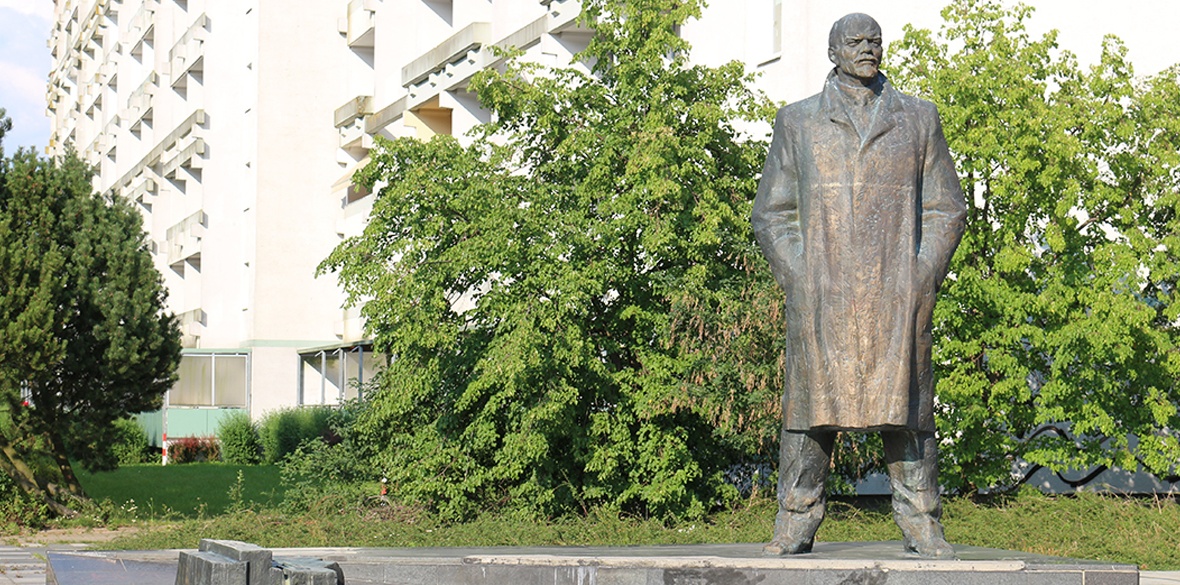This is the last article you can read this month
You can read more article this month
You can read more articles this month
Sorry your limit is up for this month
Reset on:
Please help support the Morning Star by subscribing here
WHEN Lenin died in at the age of 53 in 1924, despite his wife Nadezhda Krupskaya’s strong protestations, a process of political hagiography was instantly initiated by Joseph Stalin, who set up the Commission for Immortalisation of Lenin’s Memory.
Contrary to Lenin’s own wish for an ordinary funeral, his body was embalmed and put on public display as a quasi religious relic.
Krupskaya pointed out that Lenin had no time for pomp and ceremony and profoundly disliked all adulation sincere or otherwise. She believed his legacy should be honoured by “building kindergartens, housing, factories, libraries and hospitals, homes for the disabled.”
Lenin was a modest, hands-on man, who was as good a listener as he was a speaker. Known for his common touch he won over ordinary working people with arguments as much as personal candour.
Arguably, the only statue of Lenin that encapsulates his personality stands without a plinth or pedestal. Three metres tall, it’s outside a housing estate in the working-class district of Schwerin in the northern state of Mecklenburg-Vorpommern in the former GDR.
Erected in 1985, four years before German “reunification,” it was designed by little-known Estonian sculptor Jaak Soans, who has since opportunistically disowned it.
It does not “immortalise” heroics and it eschews agitated gesticulation, holding scrolls or pointing to a distant place over the horizon.
There’s an imposing calm in Lenin’s demeanour as he stoically looks ahead. An ordinary winter coat of a gently textured surface defines the “mass” of the sculpture, slightly creased in the front by hands tucked in its pockets. The straight posture with legs apart, projects a grounded equilibrium.
This Lenin is relaxed and thoughtful and instead of “leadership” the sculpture conveys comradeship and approachability. This Lenin is one of us.
The sculpture has had its usual detractors as well as supporters. Angelika Gramkow, the GDR born-and-bred mayor of Schwerin wants it kept — and “if the city has to keep shelling out to blast away graffiti and chase off vandals, so be it,” she has said in an interview.
Its presence invites debate about his ideas and, she says, “this is the kind of dialogue that a public work of art makes possible.”
Germany’s “reunification” was a humiliating and savage, colonial annexation of the GDR and many of its former citizens, still hurting, will not readily acquiesce in a revanchist stripping of their history away from them.
No amount of street renaming or pulling down of innumerable statues can change history — that is a simple and self-evident fact.
Lenin Lives by Carlos Gomes, with 100 colour images of Lenin monuments in Germany, has just been published in German by Verlag 8, the publishers of our sister paper Junge Welt, priced at £16. For further information visit: jungewelt-shop.de/gomes_leninlebt
MICHAL BONCZA












